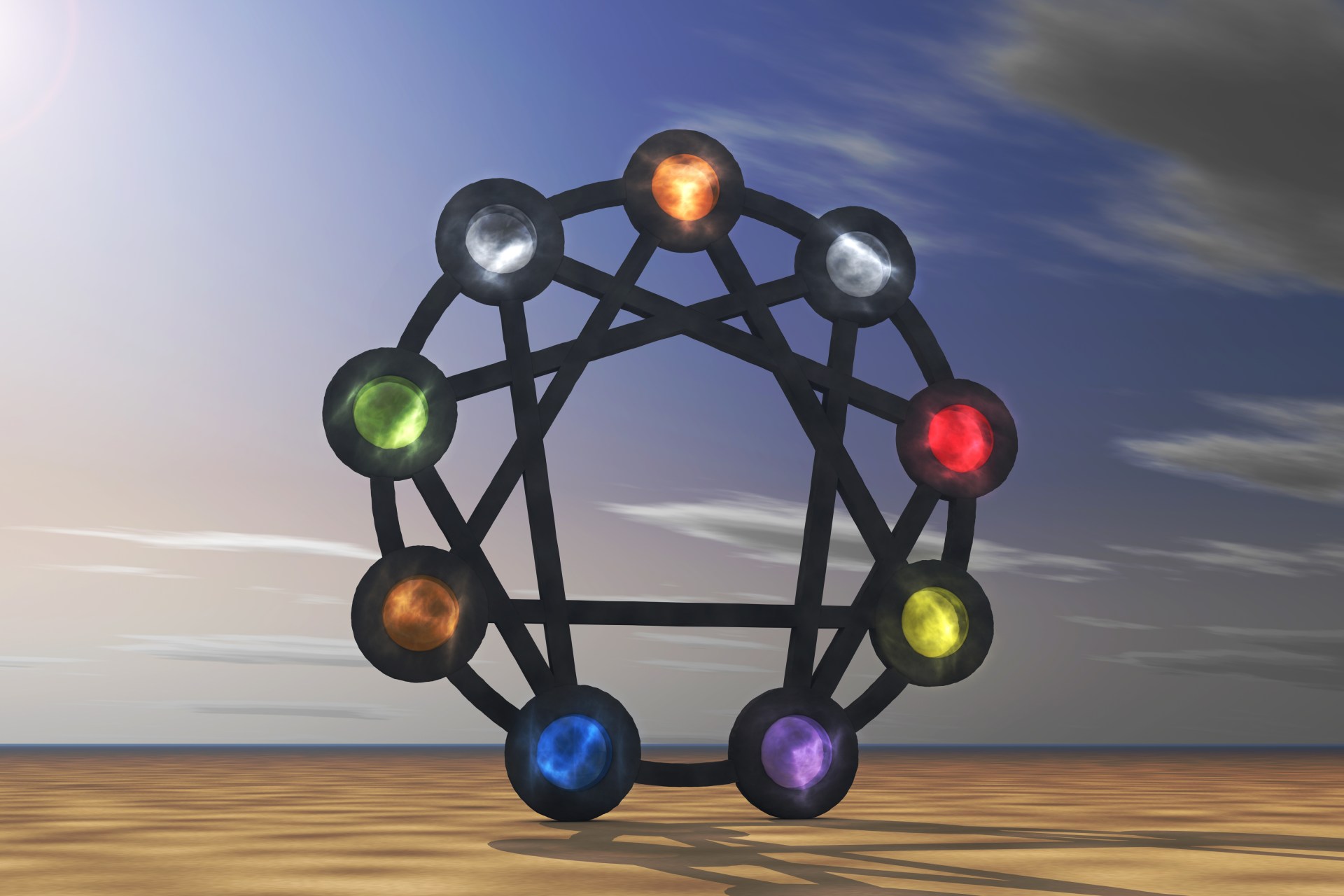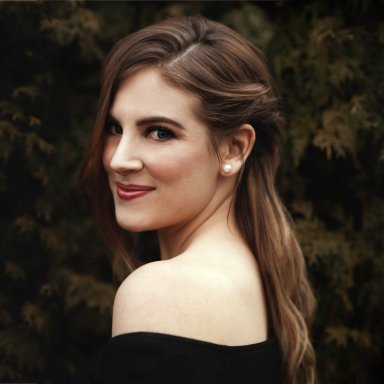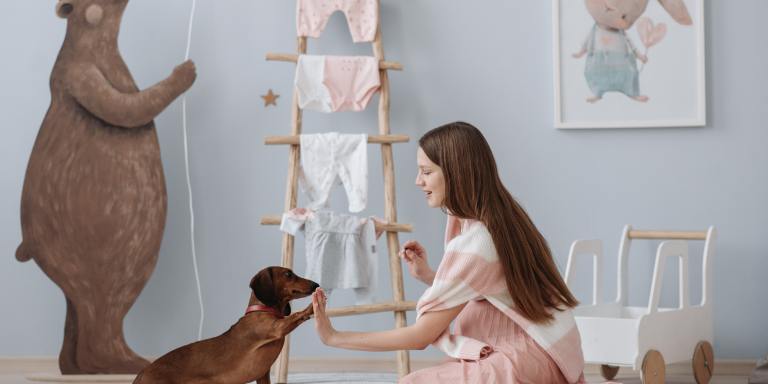Like any personality system, the Enneagram has found itself embedded in a plethora of stereotypes.
Fours are creative, yet dramatic. Ones are principled yet judgmental. Sevens are adventurous yet unreliable and nines are accepting yet spineless.
Like so many other personality systems, we try to identify ourselves by lining our behaviours up against these stereotypes and determining which ones we most closely resemble. The problem with doing this is that many of us will identify with more than one stereotype.
We’re ambitious, but also compassionate. We’re creative but also adventurous. We’re helpful but also intellectual. We’re powerful but also security seeking. We find ourselves lost in a sea of confusion over which type fits us the best of all and too often, we unknowingly place ourselves into the wrong category. This is the problem with using stereotypes to identify one’s personality type.
So how do we properly identify ourselves?
A lesser-known fact about the Enneagram is that it isn’t meant to be a system that merely identifies clusters of traits. The Enneagram is a dynamic, growth-oriented inventory that aims to pinpoint one’s basic fears and motivations, in order to facilitate personal growth through a specific trajectory.
Which traits you utilize – helpfulness, creativity, dutifulness, etc. – are merely manifestations of your basic fears. But which behaviours you employ to escape your fears can be situational.
A type six may tap into their creative side in order to please a mentor – to avoid their basic fear of being without support or guidance – and consequently mistake themselves for a type four. A type three may act dominant and assertive in order to progress professionally and mistake themselves for a type eight. When judging our type based on behaviour, we are at a high risk for mistyping ourselves.
Just as cognitive functions explain the cognitive processes that drive each Myers-Briggs type’s behaviour, the Enneagram’s basic fears identify the driving force between each of the nine type’s behaviours.
The nine core fears – as listed in Don Richard Riso and Russ Hudson’s “The Wisdom Of The Enneagram” are as follows:
Type 1 – The fear of being evil or corrupt.
Type 1s strive to be morally upstanding and virtuous in the face of external corruption. Their pervasive, underlying fear is that they themselves are corrupt, and they must act in a virtuous way in order to prove this fear wrong. Their prime motivation in life is their own sense of integrity. They are constantly aiming to move away from corruption and towards virtue, or the greater good.
Type 2 – The fear of being unloved or unwanted by others.
Type 2s strive to be loved and wanted by those around them. Their pervasive, underlying fear is that there is nothing inherently loveable about them, and they must therefore help others in order to earn their love. Their prime motivation in life is proving themselves worthy of care and love from others. They are constantly aiming to move away from worthlessness and toward relationships that foster mutual loving and caregiving.
Type 3 – The fear of being unaccomplished and worthless.
Type 3s strive to achieve success within their community, believing it to be a measure of their own worth. This type’s pervasive, underlying fear is that they are inherently worthless and undesirable apart from their achievements, and they must therefore accomplish as much as possible in order to be desired and accepted by others. They are constantly aiming to move away from worthlessness and towards impressive achievements that will earn them the respect and admiration of others.
Type 4 – The fear of lacking a unique, significant identity.
Type 4s strive to prove their uniqueness and individuality to others. Their pervasive, underlying fear is that they would be worthless and unlovable if they were average, therefore they must cultivate as unique an identity as possible in order to prove their own significance. They are constantly aiming to move away from normalcy and towards expressions of intensity and individuality.
Type 5 – The fear of being helpless and inadequate.
Type 5s strive to become as knowledgeable and competent as possible in all of their undertakings. Their pervasive, underlying fear is of being helpless, overwhelmed and incapable of dealing with the world around them. Therefore, they must learn as much as they can and master as much as they can, in order to reassure themselves that they are competent and capable. They are constantly aiming to move away from ignorance and ambiguity, and toward knowledge and understanding.
Type 6 – The fear of being without support or guidance.
Type 6s strive to find support and guidance from those around them. Their pervasive, underlying fear is that they are incapable of surviving on their own, and they must therefore seek out as much support and direction from others as possible. They are constantly aiming to move away from isolation and towards structure, security and the guidance of others.
Type 7 – The fear of deprivation and pain.
Type 7s strive to achieve their wildest desires and find fulfillment. Their pervasive, underlying fear is that their needs and desires will not be met by others, and so they must go and pursue them themselves. They are constantly aiming to move away from pain, sadness and helplessness and towards independence, happiness and fulfillment.
Type 8 – The fear of being harmed or controlled by others.
Type 8s strive to become strong, independent and self-directed. Their pervasive, underlying fear is of being violated, betrayed or controlled while at the mercy of others. They feel secure and okay so long as they are in control of their circumstances. They are constantly aiming to move away from external limitations and toward self-sufficiency and power.
Type 9 – The fear of loss and separation from others.
Type 9s strive to maintain peace and harmony both internally and externally. Their pervasive, underlying fear is that they will become disconnected from others and out of sync with the world around them. They feel secure and okay as long as they are living in harmony with the people and world around them. They are constantly moving away from conflict and pain and toward peace, stability and harmony.
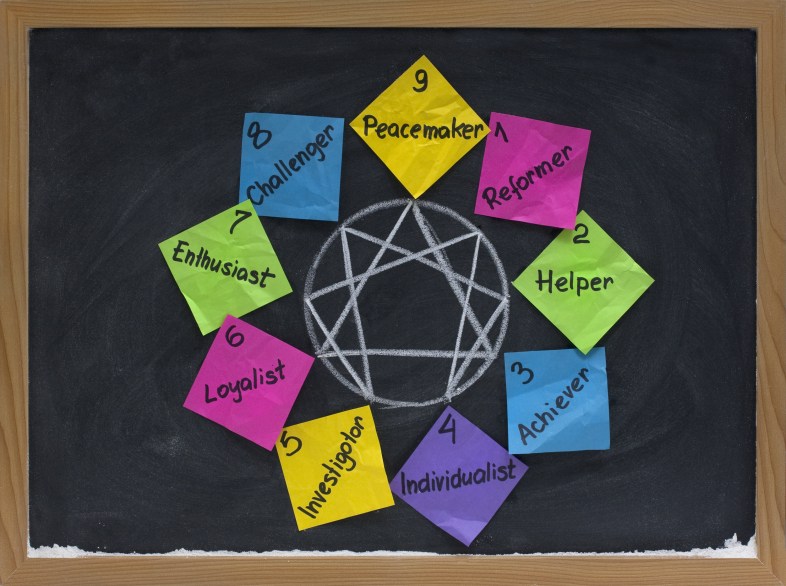
Note about basic fears: Though many of us possess more than one basic fear, you must evaluate your Enneagram type by identifying the fear that stands out as the most intense or horrifying to you – the one that perhaps elicits a physiological response when you encounter it and that you feel a drastic gut impulse to avoid. This will be a fear that you have experienced pervasively in your life, across a wide range of situations.
Once you have determined your dominant type, you can then move on to identifying your wing.
I’m Confused About My Wing
Your Enneagram ‘wing’ is the type that appears either above or below your dominant type numerically; whose traits complement the traits of your dominant type.
Your wing is always the number that either precedes or succeeds the number of your main type – it is not necessarily your second-highest test score. So, if you are a type 7, your wing must be either 6 or 8 – even if the type you scored second highest on was 4.
The reason you may have scored second highest on a type that is not your wing is because that number is likely a part of your tritype.
What are Tritypes?
The Enneagram is divided into three ‘triads’ – or, three groups of three personality types.
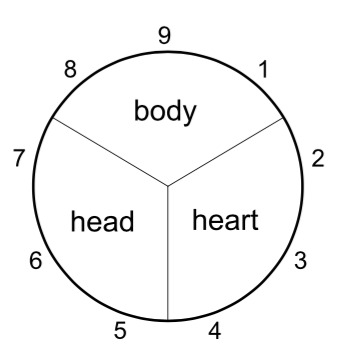
The ‘Feeling Triad’ or the ‘Heart Triad’ is composed of types two, three and four. We all use one of these three types as our main mode of establishing self-image. All of the types in the heart triad are motivated by (avoiding their) underlying feelings of shame.
The ‘Thinking Triad’ or the ‘Head Triad’ is composed of types five, six and seven. We all use one of these three types as our main mode of achieving security and managing anxiety. All of the types in the head triad are motivated by (avoiding their) underlying feelings of fear.
The ‘Instinctive Triad’ or the ‘Body Triad’ is composed of types eight, nine and one. We all use one of these three types as our main mode of establishing boundaries between the external world and ourselves. All types in the body triad are motivated by (avoiding their) underlying feelings of anger and rage.
Your tritype is composed of your dominant heart type, your dominant head type and your dominant body type, in order of your preference for using each.
For example: If you use type 2 to govern your heart, type 6 to govern your head and type 9 to govern your body, your tritype would include each of those numbers, in the order of your preference between them. If you like to predominantly use your head type, then your heart type, then your body type, your tritype would be 6-2-9. Your dominant personality type is always the first number in your tritype. Your wing may or may not be a part of your tritype. ![]()
For additional information on the Enneagram, visit: The Enneagram Institute.
